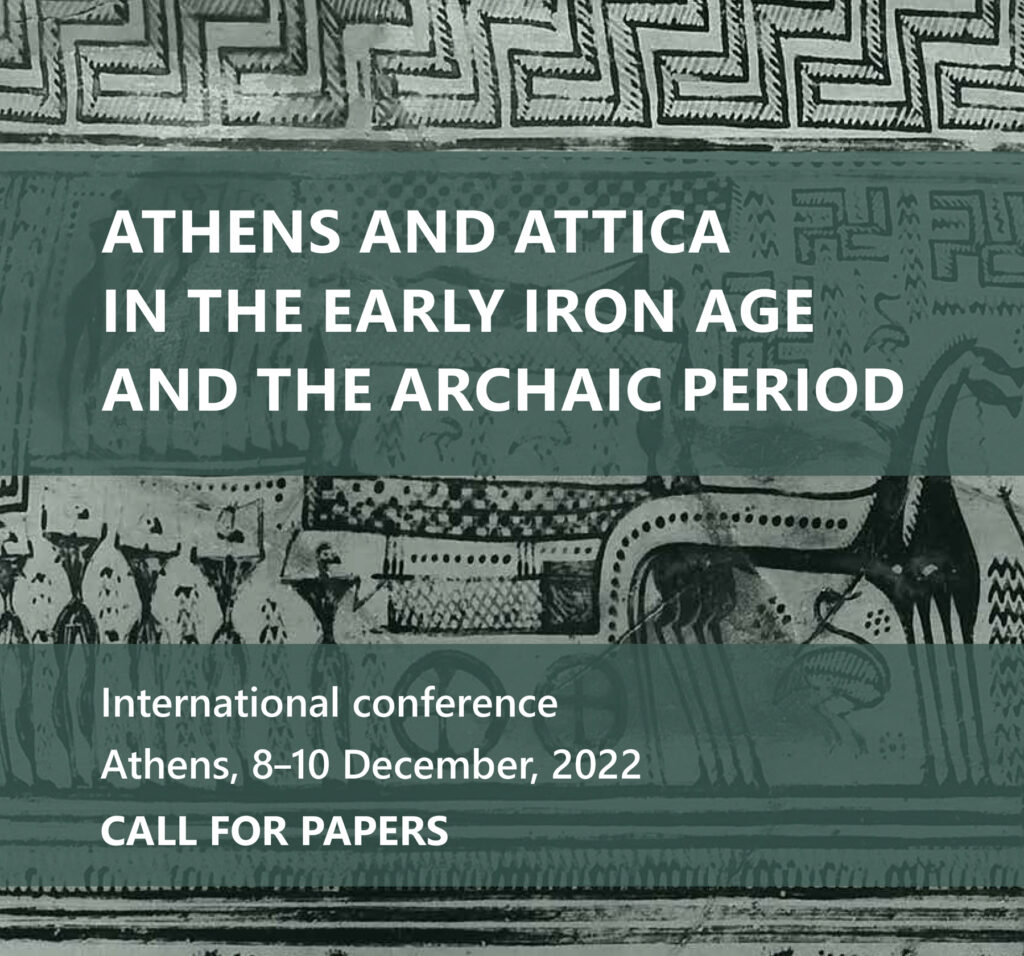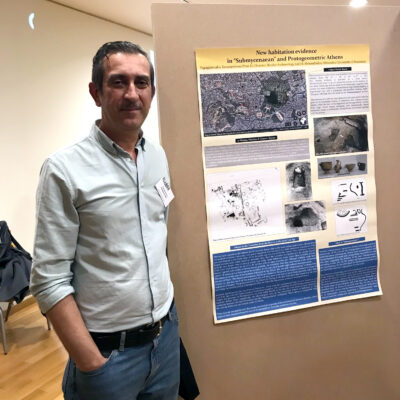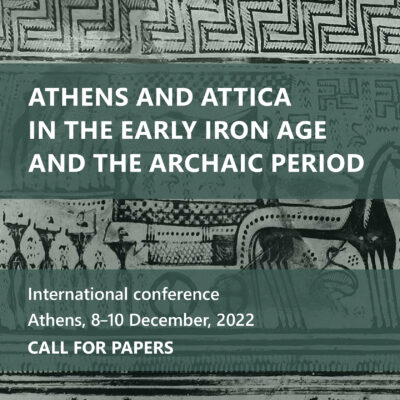New Habitation Evidence From Submycenaean And Protogeometric Athens
In this presentation, new archaeological evidence is examined from two rescue excavations in the centre of the city of modern Athens; it is argued that cultural continuity after the “Mycenaean collapse” did occur during the so-called “Greek Dark Ages” in the area of Athens.
The SubMycenaean period is considered obscure for Athens due to the scant archaeological data. Almost all of the available evidence is funerary, with graves dispersed over the entire city, while settlement remains are really poor and limited to the North Slope of the Acropolis and the area of the later Agora.
Thus, habitation has been largely reconstructed solely based on mortuary data. Both the extended necropoleis and the smaller burial areas were found close to natural passages. However, in some habitation areas, we have evidence of earlier activity, while others were founded in the 11th c. BC at sites with no signs of earlier use.
Although children might have been buried together with adults in burial grounds, the case that they were buried in the immediate vicinity of houses at that time cannot be excluded. This seems to be the case of the isolated child grave in Ag. Eirinis’ street plot, the only “Submycenaean” evidence from the area of Psyrri. The nearest contemporary burials yet found, are located in the area of the modern Commercial Center of Athens, about 500-600 metres to the north and they seem to be part of some burial grounds rather than near to houses.
The grave and well of Ag. Eirinis Str. seem to belong to the new habitation sites founded at the time reflecting the possible arrival of immigrants after the fall of the Mycenaean centers in mainland Greece.
Similarly significant are the data from 10 Thalou Str., which mark the continuation from the Late Bronze to the Early Iron Age with the “Submycenaean” finds found together with Late Helladic III and Protogeometric sherds. Despite the presence of Protogeometric or even earlier burials at the site, the well seems to have contained domestic debris. More importantly, the chronological span of the discovered pottery is indicative of the continuity between the Late Mycenaean and the “Submycenaean” settlement. This evidence is compatible with the existing habitation settlement model of Athens. Whether “Submycenaean” term represents a distinct chronological period between the LH IIIC late and the Protogeometric is a question still under discussion, reflecting our modern views on periodization and the development of ceramic style. In this paper we support the abolition of the term “Submycenaean”, as we have strong evidence from the a forementioned sites, that both late LH IIIC and Submycenaean pottery are contemporary.
On the other hand, it is widely accepted by several scholars, that SubMycenean period had a duration ranging from 25 to 100 years although there is no stratigraphic evidence supporting a “Submycenaean” layer distinct from Late Helladic IIIC late and Early Protogeometric. The data from Athens have not so far contributed to the clarification of the situation. The problem rests on the context of the relevant material, the majority of which comes from poorly furnished graves. The funerary evidence suggested the distinction of a stylistic phase, therefore the whole chronological phase is based on that with no sustainable archaeological evidence apart from old fashioned pottery typological interpretations.



